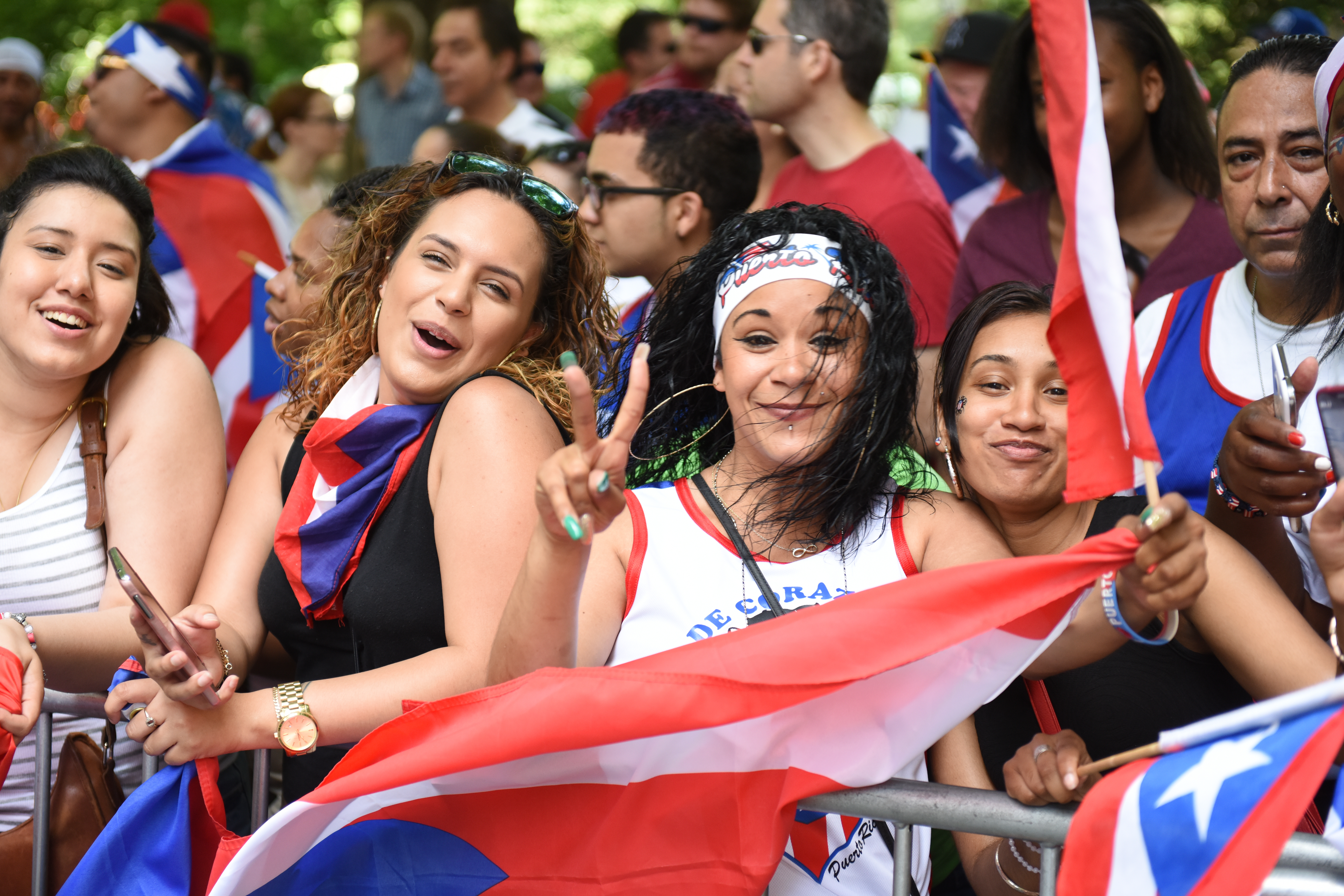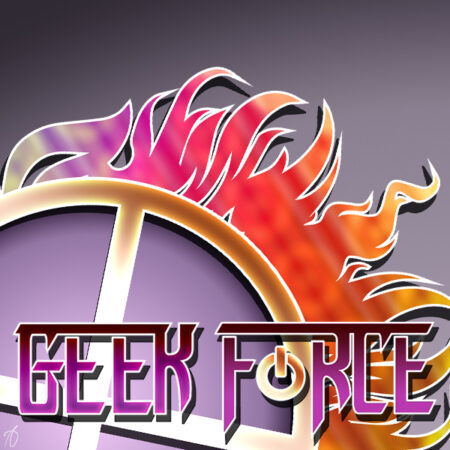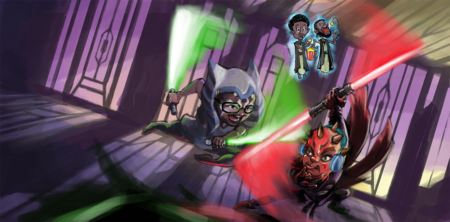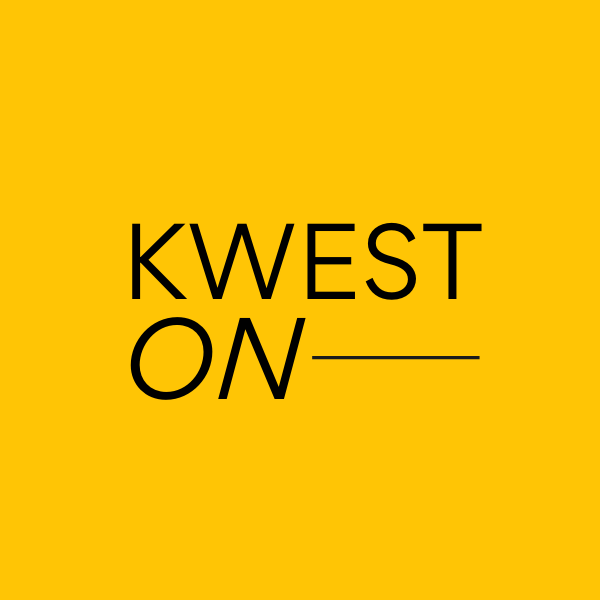ED NOTE: Since Hurricane Maria hit Puerto Rico in 2017, Over 135,000 Puerto Ricans have relocated to the U.S. mainland. The majority have gone to Florida, and a surprising number have settled in Orlando. In this piece, our boriqueña correspondent returns to her hometown to learn how this influx of Puerto Ricans has changed the theme park capital of the world.
I grew up in Orlando. Against my will. My parents dragged me here in the late 1980s from New York City. Perhaps they felt the same when they migrated with their families to New York in the 1940s, along with hundreds of thousands other Puerto Ricans looking for better economic opportunities.
“After 23 years in the NYPD,” said my dad, “I’m retiring, I’ve had enough of the cold!”
To which I replied, “As soon as I’m 18, I’m going back to New York!” Eventually I did return to New York, but only after taking some detours to North Carolina, London, Michigan, Denver, San Francisco, Miami, Brazil, Prague and DC. I thought I would be so happy to be back in New York. But I was not. So this past month, I clicked my red Dorothy shoes and returned home to Orlando.
And damn, I feel like a time traveler cuz shit has changed in the last 25 years. This weekend the third annual Puerto Rican Day Parade is happening. What??? Over 135,000 Puerto Ricans have relocated to the U.S. mainland since Hurricane Maria, according to a report released by the Center for Puerto Rican Studies at Hunter College in New York. The majority have gone to Florida, about 50,000 according to a University of Florida study. Within Florida, the areas that received the largest amount of Puerto Ricans were Orlando (22 percent in Orange County), Osceola County (15 percent), and Miami (10 percent in Miami-Dade County.)
As a writer living in different cities, I learned quickly how to conduct market research and plug in to the local scenes: dating. And once Tinder came along, my work got even easier. Check out some of the comments I got from a few of my matches upon returning to Orlando:
- “Oh. I didn’t realize you are Puerto Rican,” said Match #1, who I screened via phone before taking him on a bike ride through all my old neighborhoods. He is a white boy who migrated to Orlando 15 years ago from Chicago and described certain neighborhoods as “bad,” one of which was Bithlo. Yeah, back in the day, I thought it was “bad,” too, but for different reasons. It was as red necky as it sounds. But I found it’s now pronounced “Beeethlo,” because it’s majority Puerto Rican…which I guess to him equals “bad.”
- “Eres Boricua? En Orlando hay tanto… pero son cafres (low class),” said Match #2, who called me through Whatsapp because he is a Colombian international student (yes, that’s me stereotyping his choice of communication platform). He has lived in Orlando for three years and was delightfully forcing me to speak my mocho Spanish, which led to the question I always get, “De donde eres?” At least he complimented me on my Spanish.
- “I think I’m the only Puerto Rican to win Jeopardy,” said Match #3. I was impressed by his Jeopardy smarts, so I called him a “Nerdi-Rican,” which he then defined as, “Puerto Ricans who don’t beat their hoes.” (ED Note: Match #3 obviously never saw “White Men Can’t Jump, in which a very Puerto Rican Rosie Perez wins Jeopardy handily.)
- “Oh hell…you’re Puerto Rican? I’m in trouble,” texted Match #4, who migrated to Orlando from Wisconsin two years ago.
When I string these comments together, they paint a tiny picture of Orlando’s place in the Ricanstruction story post Hurricane Maria, and the longer, historical story of Puerto Rican migration. Whether from the Midwest or South America, or local, each guy had some kind of idea about what it means to be Puerto Rican, and it was overwhelmingly negative. You may ask if I baited them with profile pics of me waving a Puerto Rican flag in my profile pictures, but no. I did not. Each one of them brought up identity first, and without shame, they expressed their negative reactions and stereotypes toward Puerto Ricans. Is it because so many Puerto Ricans moved to Orlando after Hurricane Maria? Maybe. But my feeling is that Hurricane Maria stirred up the racism that has always been a fact of life for all Puerto Ricans on the mainland, whether they arrived in the 1940s, 1980s or after the hurricane.
When my family arrived in Orlando from New York City 30 years ago, there were a handful of Puerto Ricans here. The Riveras lived down the street. The Rios family lived in the neighboring subdivision. But for the most part, East Orlando, about 20 miles from Disney World and the tourist attractions, was mostly gringo, and my middle school reflected those demographics.
Once I got to Winter Park High School (WPHS), established in 1923, there was a clear hierarchy of privilege. The school had such an esteemed reputation that wealthy families yanked their kids from private schools to attend this highly ranked public school. In 2011, The Washington Post’s annual ranking of American high schools identified WPHS as #156 in the country.
Puerto Rican kids like me in the early 1990s were lucky to be there. We were bused in from the outskirts. You would think I would be all paisan with the other Puerto Rican kids, but no. I learned to avoid the “Puerto Rican” hallway so I wouldn’t get harassed with air kisses and “Ay, Mami, ven-ca.” I learned to blend into my all-white AP calculus class and water polo team. (I know.) The truth is I didn’t want to be associated with “the minority.”
Over the next 10-20 years, my aunts and uncles and cousins and their kids moved here, from the Bronx, New Jersey, Puerto Rico and South Florida. My parents were trendsetters, apparently. In 2018, my high school is now 43% “minority,” of which the majority is Hispanic, according to PublicSchoolReview.com. But check this out – 43% is low in comparison to the rest of Florida, where average “minority” enrollment is at 61%. This word “minority” no longer applies, eh?
In other words, homeboy who just moved here two years ago from Wisconsin, who stereotyped me as “trouble,” is the minority. And the Colombian international student at who calls Puerto Ricans “cafre,” ie, low class, kind of deserves a Tinder-slap in the face. But hey, that would only prove his point, and I’m the one who avoided the “Puerto Rican” hallways when I was in high school, so who am I to talk?
The concept of Ricanstruction is not just a process of rebuilding the island after Hurricane Maria. It’s a process of reconstructing our identity, whether we live on the island or the mainland. A recent study of Floridians of Puerto Rican descent found we experienced “secondary trauma” from the storm, but also a renewed sense of identity and purpose.
The following passage is an excerpt from the report:
“Mainland Puerto Ricans felt strengthened by the support they provided and received and by the belief that Puerto Ricans are resilient and strong-minded. For them, the storm strengthened their cultural pride and made them more determined to help and serve the island.”
This study resonates with me. That cultural pride is what made me go to Puerto Rico last year to do relief work for a week and interview local nonprofits that were distributing gravity lights to people who still didn’t have power.
A more prominent, public expression of this sentiment is Lin Manuel Miranda’s effort to bring his smash Broadway hit, “Hamilton” to the island this past January. Like me, Lin Manuel Miranda’s parents are from the island, and he felt the call to do something positive with his education and talent. In addition to bringing joy to the people at $10 per ticket, he raised money for his Flamboyant Arts Fund by selling some tickets for $5,000, $4,593 of which supports the arts community in Puerto Rico.
Similarly, the Brooklyn-based comic book artist who created “La Borinqueña,” which Kwest On reviewed last year, has announced a grants program looking for non-profit organizations based in Puerto Rico that are working in the areas that provide services to children, women, arts and culture, wildlife and environmental protection, or sustainable farming.
Meanwhile, the Orlandoricans are organizing and hosting cultural events that bring the island and mainland together. On the one year anniversary of the hurricane, Iglesia Episcopal Jesus de Nazaret held a vigil to remember the 2,975 Puerto Ricans who died in the aftermath.
Hooray for the Orlandoricans for transforming their identity through these cultural and political events. As a result, Orlando’s mainstream institutions are following suit: The Orlando Ballet just announced it is donating 1,000 tickets to Puerto Ricans displaced by the hurricane. The annual University of Central Florida Celebrates the Arts festival this month features works by Puerto Rican artists dealing with the effects of Hurricane Maria on the island.
I believe in the power of Ricanstruction and our collective cultural pride to take perceptions of Puerto Ricans from “cafre” to “inspiring.”






This is a great articl…both of my granddaughters are attending Winter Park High and one graduates next month. I know your dad and uncle Peter, aunt Luz, aunt Irma etc… and the rest of the family.